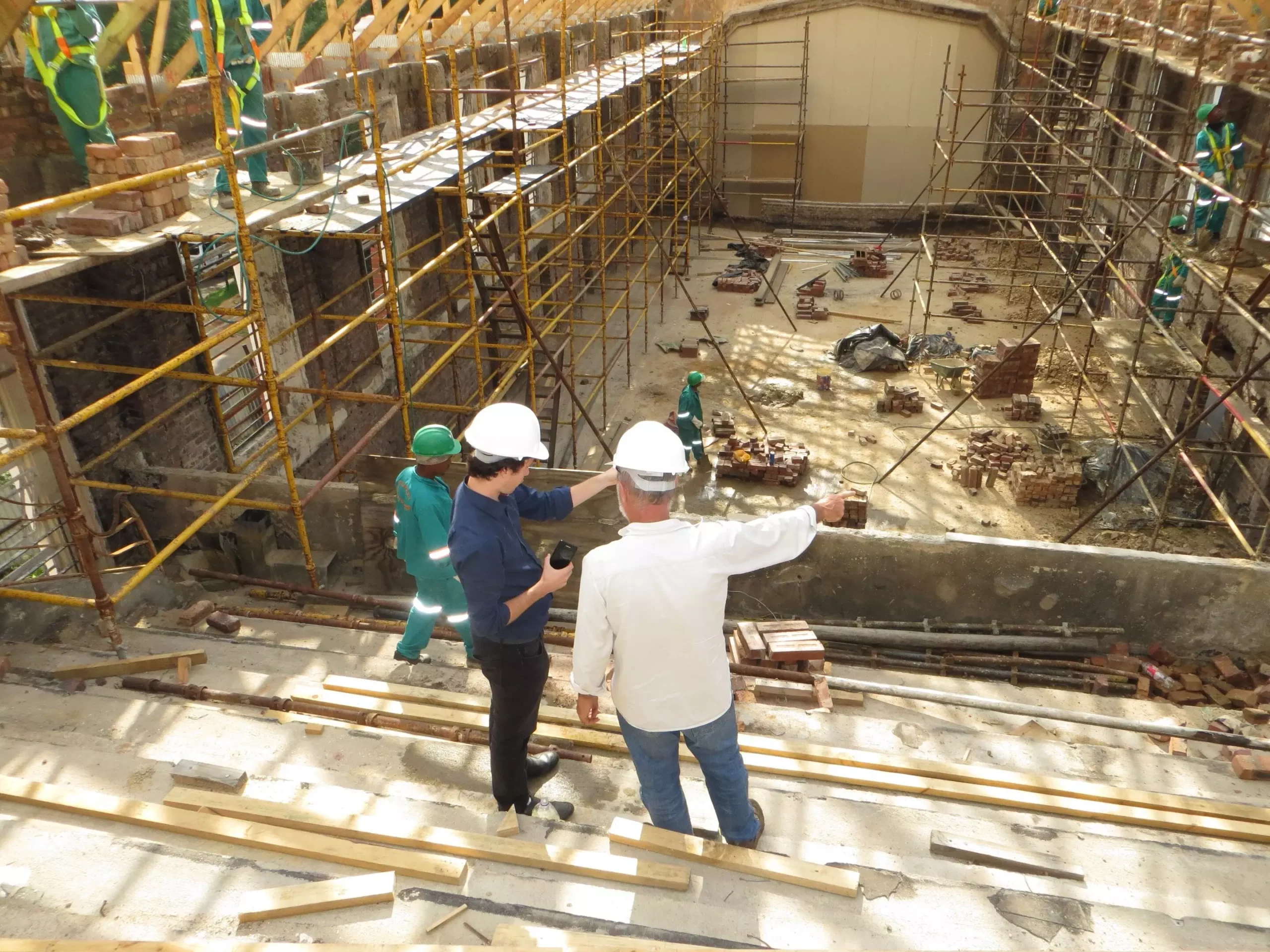The construction sector holds significant potential to transform its role in the fight against climate change. A groundbreaking study published in the journal Renewable and Sustainable Energy Reviews reveals that there is an incredible opportunity for Europe to drastically reduce its carbon emissions by 2060 through the adoption of advanced energy efficiency technologies. This pioneering research focuses on the full scope of energy demand reduction potential across the construction sectors within the United Kingdom and the European Union. With a staggering 75% of Europe’s building stock deemed energy inefficient, the need for reform is more pressing than ever.
As total floor space is expected to increase by more than 20% in the coming decades, the challenge of maintaining energy consumption at a sustainable level without sacrificing growth is formidable. The study highlights that adopting a combination of renewable technologies, such as solar energy and heat pumps, could potentially result in a dramatic reduction in the energy needed to heat and cool buildings — by as much as 97%.
In an era marked by heightened concerns about energy security — particularly in light of recent geopolitical events — the study underscores the necessity of integrating renewable energy technologies. This transition could not only lead to environmental sustainability but also offer significant economic advantages. By leveraging these advanced technologies, the construction sector could substantially lower energy costs while simultaneously enhancing the quality of indoor environments.
Dr. Souran Chatterjee, the study’s lead author and a Lecturer in Energy Transitions at the University of Plymouth, articulates a vision where the construction industry plays a central role in mitigating the effects of climate change. The multifaceted benefits of adopting energy-efficient technologies echo throughout society, promising improvements to public health and productivity alongside job creation. On a broader scale, transitioning to a net-zero building sector aligns with the goals set forth in both the Paris Agreement and other international climate commitments.
Understanding the Mathematical Framework
To arrive at these promising conclusions, the researchers employed a sophisticated mathematical model named the High-Efficiency Building (HEB) energy model. This model serves as a critical tool in assessing energy demand reduction and determining the feasibility of net zero proposals within the construction industry for both the UK and EU member states. Among the findings, the researchers calculated that energy consumption for cooling residential buildings could plummet by 86% by 2050 if ambitious net-zero targets are realized. Non-residential properties could also see considerable reductions in energy usage, approaching 76%.
Such drastic cuts in energy demand are especially beneficial in warmer climates like Italy, France, Greece, and Spain, where air conditioning plays an integral role in building designs. The potential for heating energy demands is similarly substantial, with projections indicating that desired reductions could yield savings exceeding 80% by mid-century. Additionally, hot water energy demand could be curtailed by around 50% when implementing comprehensive renovations and innovative construction practices.
However, the study cautions that inaction could lead to dire consequences. Without significant renovation efforts and efficient construction, the thermal energy demand from the building sector could see an increase of up to 7% by 2060. This stark warning serves to emphasize the urgency of action within the construction industry. Moving forward, integrating energy efficiency measures and renewable technologies not only aids climate efforts — it ultimately translates to more resilient and healthier buildings.
The construction sector stands at a pivotal crossroads. With the insights garnered from recent research, Europe holds the potential to revolutionize its building practices by embracing cutting-edge energy-efficient technologies. Aligning growth with sustainability — rather than working in opposition — could set a precedent for climate-conscious development, benefitting economies and communities for generations to come. The time for action is now, and the path to a carbon-neutral future is illuminated by the very technologies and strategies identified in this critical study.



Leave a Reply